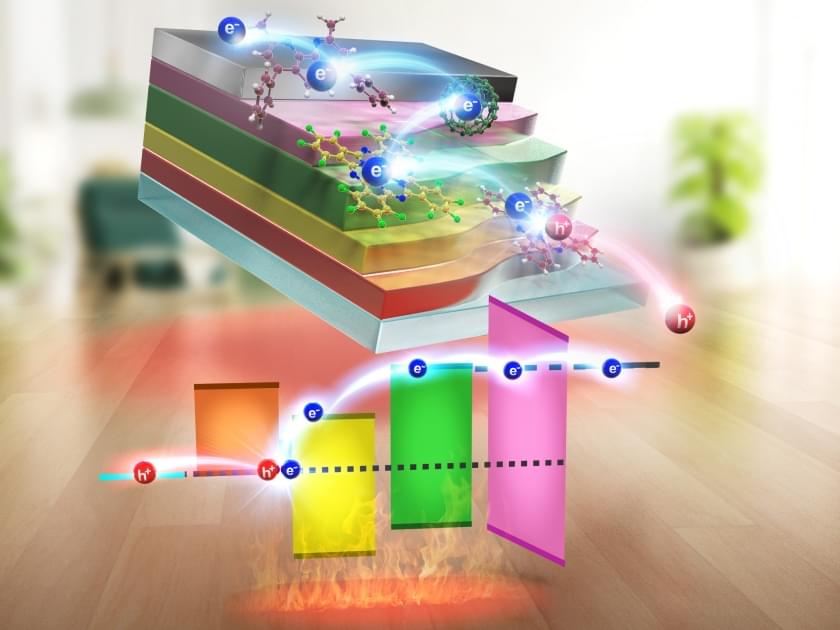Oct 14, 2024
Edge Supercurrents Drive Quantum Advances in Superconductivity
Posted by Genevieve Klien in categories: materials, quantum physics
Research on superconductivity has taken a significant leap with Princeton Universitys exploration of edge supercurrents in topological superconductors like molybdenum telluride.
Initially elusive, these supercurrents have been observed and enhanced through experiments with niobium, leading to intriguing phenomena such as stochastic switching and anti-hysteresis, altering the understanding of electron behavior in superconductors.
Superconductivity and Topological Materials.
















